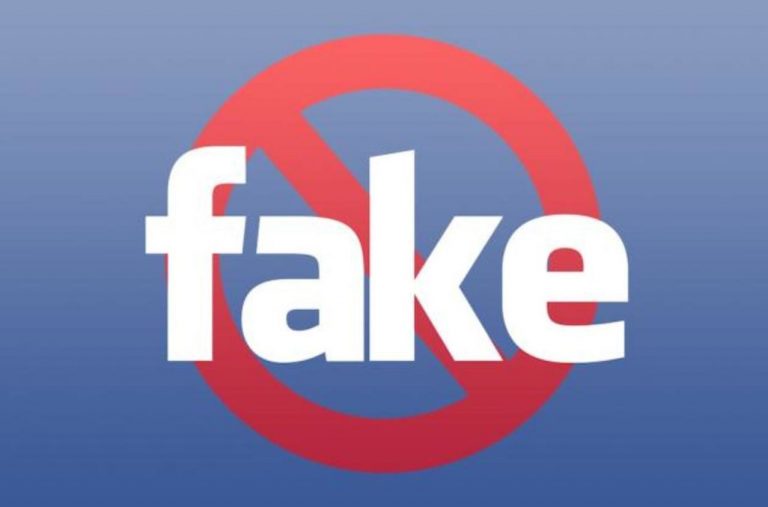Nowadays the internet is full of fraud. We see a lot of news about online frauds, hacks, data breaches, identity impersonation, identity thefts, etc. There are tons of websites available on the web which are fraudulent and malicious and it becomes difficult to find out a legit website. So in order to be secure, you need to browse smartly.
Contents
Investigate the Website
In case you are getting a website URL from an unknown source then it is highly recommended to cross-verify the link before you follow it. For cross-checking, you can copy the URL to analyzers available on the internet to check its trustworthiness. And if you are getting a shortened link then it can be unshortened using sites available on the internet and then the actual URL could be analyzed.
Website analyzing methods
To check if the website is authentic or not, the very recommended method is to check online page scanners, which use the latest fingerprinting technology to show whether web applications are up to date or are infected by malware. You can use Comodo web inspector, though it takes some time, it does a very depth analysis of the website and lists possible malicious contents. Likewise, there are several scanners available such as virus total, PCrisk, Web inspector, Incapsula Web Protection, sucuri, Zelster, etc. You can add a google chrome extension of WOT to check the trustworthiness of the website.
Before making an Online Transaction always check for SSL
You need to be assured that the website is providing HTTP before entering the credentials of the card for payment because every transaction fraud happens here due to a lack of proper SSL. You have the option to audit the availability of HTTPS with SSL analyzer URL’s available over the internet. When it comes to the range of SSL certificates, they are available from domain validation (lower assurance) to the most trusted Extended validation certificates. And you can substantiate their prompt installation with the help of SSLHOPPER, DigiCert, SSL LABS, etc.
Google Safe Browsing
Safe Browsing is a service built by Google’s security team to spot unsafe websites across the web and notify users and webmasters of potential harm, in the transparency report Google discloses details about the threats they detect and then shows warnings to users. They share this information to increase awareness about unsafe websites and encourage progress toward a safer and more secure web. Safe Browsing protections work across Google products and power safer browsing experiences across the Internet.
Reporting Malicious websites
If you spot any malicious website or URL, you must report it, here is the list of some services to which you can report. If you encounter any dangerous sites then you can report them to Norton, Trustwave, Stopbadware, Fortinet, Sophos, and Bitdefender. Or if you encounter any phishing sites then you can go for Malwarebytes, AVG, McAfee, K7, and Comodo Web Inspector.
Checking for Website Reputation
You can analyze a website through multiple blacklist engines and some online reputation tools to facilitate the detection of fraudulent and malicious websites. This service helps you identify websites involved in malware incidents, fraudulent activities, and phishing websites. And here are the tools you can use for checking the website’s reputation like MX toolbox, urlvoid, Norton safeweb, Zulu URL Risk Analyzer, and TrendMicro Site safety.

